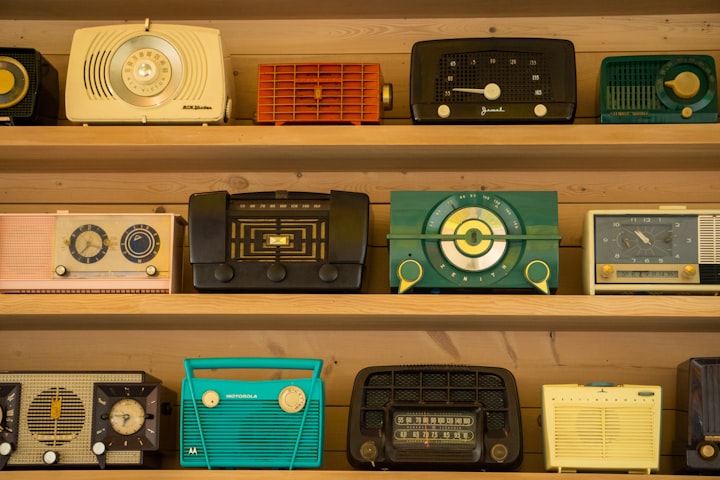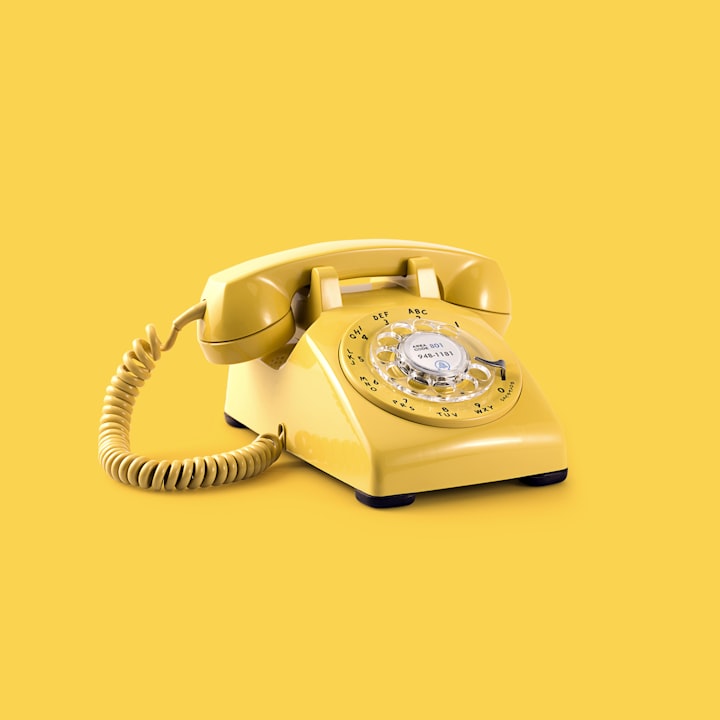This is anime for people who don't watch anime
This is a show for people who don't watch anime. (Let's meet up.)

Have you ever asked yourself, “What's the one type of anime that would serve as an introduction to the medium?” Let me save you the trouble: it's Pop Culture Anime. No, that doesn't mean that it's a list of anime about pop culture staples such as superheroes and vampires (though there is one show on this list that does feature those), nor does it mean it's dubbed versions for which the source material is itself pop culture.
Rather what I mean by Pop Culture Anime is a show that, at its heart, is fundamentally about the Japanese view of contemporary Western Culture.
Anime is a japanese word meaning "animation.
If you're a fan of anime and manga, you probably already know about the infamous "anime face." It's the exaggerated features and enormous eyes that have become synonymous with anime. But anime has come a long way from its humble beginnings in the 1950s. Today, there are over 100 different types of anime.
Some of them are geared toward younger audiences, while others are meant for adults only. There's something for everyone! If you've never watched an anime show before, this guide will help you get started. We'll explain what anime is, who makes it, and why people watch it (hint: it's not just because they're bored).
American shows like "the simpsons" are also anime.
"The Simpsons" is an anime. "Game of Thrones" is an anime. "Breaking Bad" is an anime. "Star Wars" was an anime before it became a movie. This article is not about those shows, however. This is not about American shows that have been influenced by Japanese animation (known as "anime"), though they may be considered examples of pop culture anime in their own right.
This article is about American pop culture that has become Japanese pop culture — or, more accurately, Japanese pop culture that has become American pop culture — through the adoption of its storytelling devices and tropes by Western artists and audiences who are unaware of their origins.
Anime is just as diverse as american or any other form of animation.
The styles of anime and cartoon shows are similar, but there are also some differences.
Anime isn't just for kids. If you're a casual fan of the genre, you may have thought that anime and cartoons were pretty much the same thing. They're not. Anime is like a cartoon, but with more exaggerated features and more detail put into characters' faces and bodies. The mouth movements are often exaggerated as well, so characters will open their mouths wider than normal people do when they talk.
There are also some differences in how anime is made. Most cartoons are drawn by hand (or drawn using special software) and then colored in with paint or markers. Anime is often made using 3D computer graphics instead of traditional techniques, which makes them look even more realistic than regular cartoons do.
Some people argue that anime is an art form that deserves as much respect as any other type of art, but others say it's just another form of entertainment that should be enjoyed without being taken too seriously!
Anime often involves supernatural elements that would be impossible in western cartoons.
There's a reason why anime is such a popular genre. It's fun, colorful, and highly entertaining. Anime often involves supernatural elements that would be impossible in western cartoons. Anime is a Japanese style of animation that has been around for decades. The characters are usually cute and exaggerated, set in fantasy worlds with a wide range of plots and stories to choose from.
The word "anime" comes from combining two Japanese words: "animation" and "picture". However, it's more accurate to say that anime is an art form or medium than just another word for animation. Anime is made up of many subgenres including comedy/romance, action/adventure, horror/suspense and science fiction/fantasy genres.
Some anime has a reputation for being for children or for adults only, but it's all about finding the right show for you, which doesn't have to be all "sailor moon" or all "manga.
Anime is a popular genre of Japanese animation. It's been around since 1917, when the first anime was created. Today, anime is an international phenomenon with millions of fans around the world. But what makes it so appealing? Anime has been adapted into countless films and TV shows, including "Sailor Moon," "Dragon Ball Z" and "One Piece." It's also influenced other popular genres like video games, comic books and even fashion.
And since its creation over 100 years ago, anime has evolved from hand-drawn two-dimensional illustrations to three-dimensional computer animation. The word “anime” is short for “animation” in Japanese. It refers to all types of animated media, from feature films and TV shows to short films and commercials — basically anything that features moving pictures with sound associated with them.
In Japan, the word “manga” means “comics” or “cartoons” in English. But it can also refer to specific styles of comic books that are typically drawn in black-and-white and printed on newspaper pages (a style known as “nouvelle manga”).
In a nutshell
The animation is gorgeous and the story is engaging. All in all, this show is a great starting point for those who aren't really familiar with anime—and it might just hook them. If you're the type of person who typically watches more Western TV, you don't need to worry about feeling alienated by a foreign language or cultural references.
And if you're already an anime fan, this show won't disappoint.
About the Creator
Laurine Asselin
📝 Hi I'm Laurine, a student in art. I want to write articles about Pop Culture, my passion. Let me know what you think about my articles! 😊






Comments
There are no comments for this story
Be the first to respond and start the conversation.